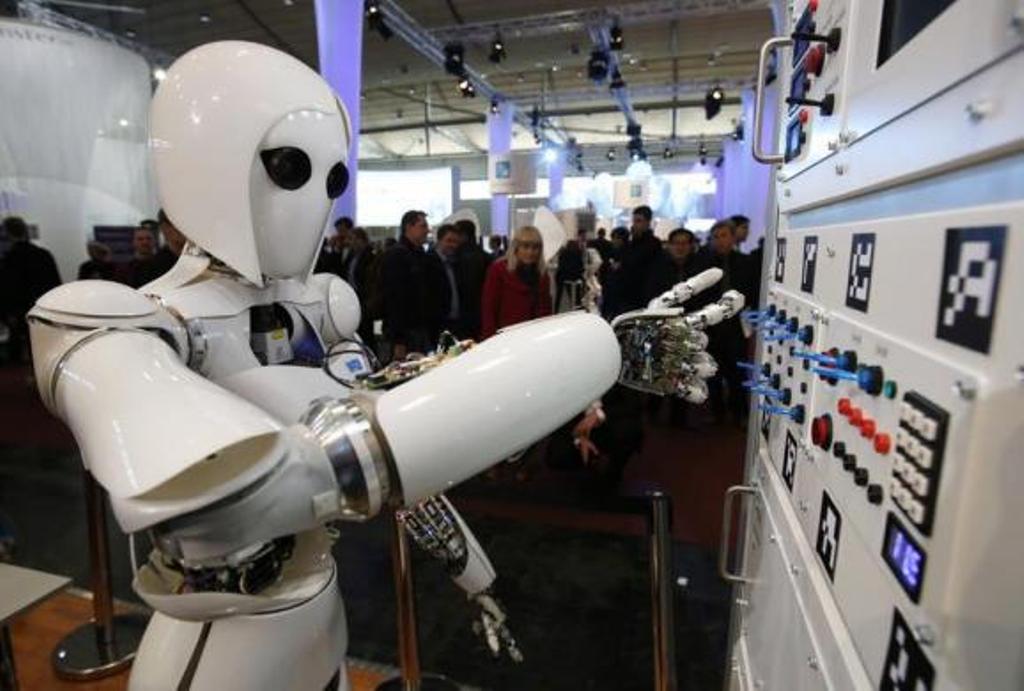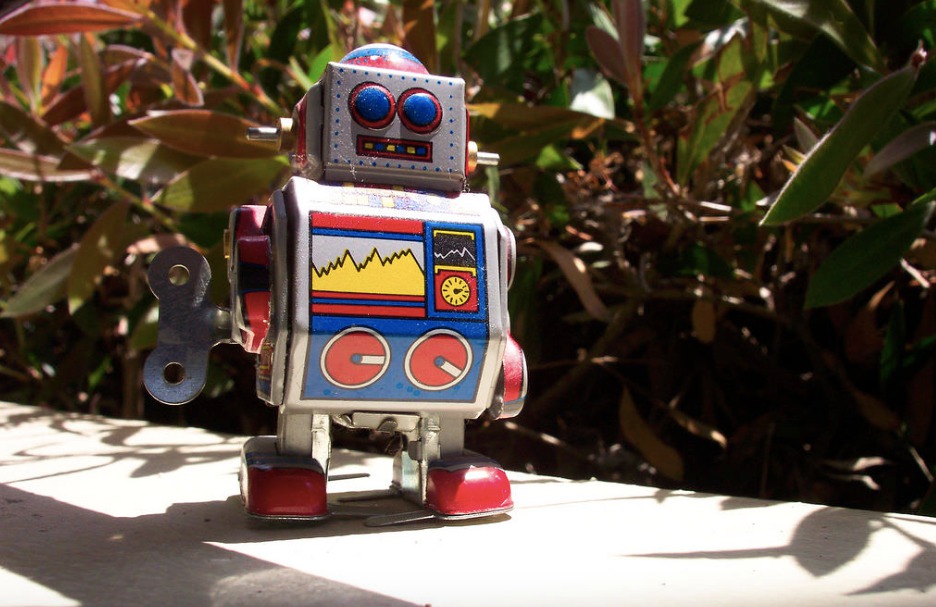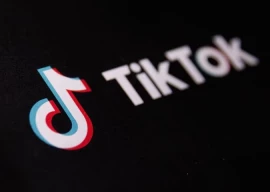
What it means to me
I’ve always been fascinated with AI computers – although, as a kid, I called them robots. And like a lot of kids I thought they were awesome.
Google rebrands cloud business, adds more artificial intelligence
I remember when Terminator 2 came out, I was obsessed. Arnold was amazing. He was the intelligent machine that would do the bidding of John Connor, the human he was programmed to protect. I remember telling my best friend Ellison to pretend I was his robot for a week. Fortunately, or unfortunately for Ellison, that desire of wanting to be the terminator passed and life went on, but my interest in AI and technology continued.
 PHOTO: VICTORY OF THE PEOPLE
PHOTO: VICTORY OF THE PEOPLEWhat does AI look like today?
AI isn’t some intelligent self-aware entity that will destroy humans once it realizes we are obsolete. AI is a branch of computer science that deals with the intelligence of software or machines. AI isn’t some intelligent self-aware entity that will destroy humans once it realizes we are obsolete, which is the general misconception. That technology definitely isn’t here (yet).
Typically, the AI technology available now specializes in only one area; for example IBM’s Deep Blue was taught how to play chess, Tesla cars were taught how to auto drive. But ask Deep Blue to drive a car or ask Tesla cars to play chess? They wouldn’t have a clue. Within AI there are many research areas such as image recognition, voice recognition, natural language processing, scientific analysis and diagnosis. The list goes on.
The onset of chatbots
‘Chatbot’ has become something of a buzzword and a lot of people have been talking about it. What is it? It’s a service powered by predefined questions and answers which allows users to interact via a chat interface and receive information on a particular subject. The most basic implementation is a simple FAQ section where someone could ask a question and a chatbot would respond. But the technology can be taken a step further.
You could develop a sales chatbot where, instead of browsing a website to find a product, you could tell the chatbot what you want.
An example would be interactive advertising. Instead of being served generic content, you could walk up to the billboard and say ‘show me men’s wear,’ and the content would change depending on your request.
Chatbots IRL
The idea of a chatbot is to replicate the experience of talking with an actual person in the real world, except this is via a seemingly intelligent computer.
Tech giants race for edge in artificial intelligence
Ikea has made chatbots an integral part of its overall strategy. Anna, its customer service bot, answers questions and gives advice via Twitter and email. Anna has the ability to give customers a choice over how to communicate, and can hand them off to human assistance if necessary. In other words it streamlines sales or customer service with automated replies, which ensures consistency and efficiency in the sales or customer service experience.
And, for the customer, it gives them a more natural way to access specific information they’re interested in. With the launch of Facebook’s ‘M’ signalling the rising global interest in chatbots, it looks like we may be entering the next phase of technology. More and more brands are getting on the chatbot bandwagon. For example, taxi hailing brand Uber made sure it was ready for chatbots when it publicly released its API in China last year.
At the same time as giving developers the chance to integrate Uber functionality into third party apps, it also teamed up with Raven Tech, an AI-focused startup. Its virtual assistant ‘EVA’ allows users in the territory to book rides with Uber, chat about the journey and discuss prices.
With the launch of Facebook’s ‘M’ signalling the rising global interest in chatbots, it looks like we may be entering the next phase of technology – an intelligent, responsive service entirely focused on what works for the user.
AI more real than ever
The East is ahead of the West when it comes to chatbots. Virtual assistants are now available to both messaging platform users and brand fans. If they want to get close to the retailer or service of their choice, all they have to do is open the messaging service they already use every day and ask a question.
Nvidia shows off smaller artificial intelligence computer for Baidu car
Integration of AI technology into our everyday lives isn’t something that is going to happen in the future. It’s happening now. It may seem scary and complicated, but in the words of John McCarthy, who coined the term artificial intelligence, “As soon as technology works, no one calls it AI anymore.”
This article originally appeared on Tech in Asia.































COMMENTS
Comments are moderated and generally will be posted if they are on-topic and not abusive.
For more information, please see our Comments FAQ